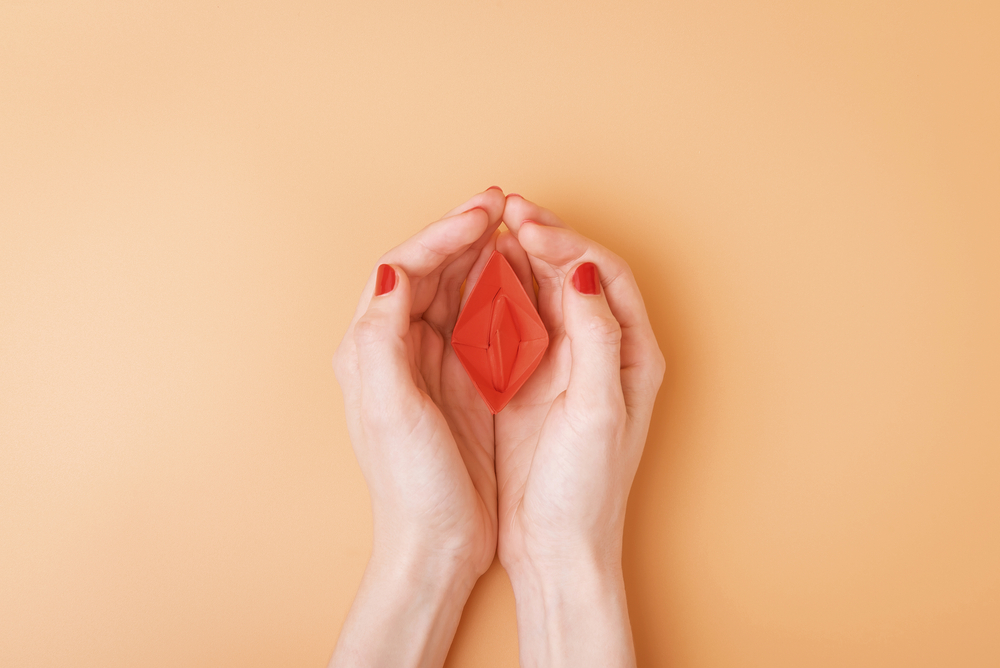
Orgasm! yet another taboo that exits well only when it’s being referred to as female orgasm. For men, orgasms are generally about pleasure, stress buster, etc but isn’t that same for women too? But what actually orgasm is?

When you reach the peak of sexual arousal, you generally have an orgasm. It typically feels like fireworks-on-display kind to the calm oh-my-gods. When you experience an orgasm, also known as a cum or climax, sexual tension rises to a peak, and pressure in your body and genitals is released. Just like men need it and enjoy it, women want it too. Similar to studying mood or pain, female orgasms need to be interpreted through not just biological mechanisms but also psychological, sociological, and historical trends.
The Need to talk about Orgasm
Given the large amount of social and media commentary on orgasm, it’s important to understand how our bodies and the bodies of our partners actually work so that we can help reduce stigma and stress during sex.In the process, we may learn a thing or two on how to make sex more enjoyable.
What Happens when you have an Orgasm

Every person's physiology is unique, however there are a few physical indicators of an orgasm. The most apparent symptom is a strong, pleasant sensation in your genitals and throughout your body. Your vaginal or penile muscles, as well as your anus, contract (squeeze) around once every second, 5-8 times. Your heart rate and breathing rate both increase.
It is typical for your vagina to get extremely wet during an orgasm. A separate fluid may also shoot or trickle out of your vulva before or during an orgasm (this is sometimes called female ejaculation, or squirting). This fluid isn't urine. Ejaculation from the vulva is less common than ejaculation from the penis some people do it, some do not neither is completely normal.
Your clitoris may feel highly sensitive or unpleasant to touch immediately following an orgasm. You may experience "sex flush," in which your chest, neck, and face change colour for a brief period of time. Orgasms cause the release of endorphins (feel-good chemicals), so you may feel tired, relaxed, and joyful afterward this is why some individuals orgasm to relieve pain, tension, or to help them sleep.
Orgasms don't feel the same for everyone or every time you have one some are itense, others maybe light, and some are somewhere in the middle. They differ depending on a variety of factors, including how comfortable you are, how sexually stimulated you are, and how much sexual tension you have built up before to your orgasm.
Some Types of Orgasms
Clitorial: These orgasms are frequently felt on the body's surface, like a tingling sensation along your skin and in your brain.
Vaginal: These orgasms are deeper in the body and can easily be felt by the person penetrating the vagina because the vaginal walls will pulse.
Anal: You may have a strong desire to urinate before the big O, but the contractions will not be felt near the genitals. Instead, they'll be in the vicinity of the anal sphincter.
Combo: When the vagina particularly the G-spot and the clitoris are stimulated at the same time, it tends to result in a more explosive movie-style orgasm that may have convulsing or literally ejaculation.
Erogenous Zone: When kissed and played with, lesser-known areas of your body, such as the ears, nipples, neck, elbows, and knees, can nevertheless produce a delightful sensation. Continuous play may result in an orgasm in highly sensitive persons.
Communication is the Key to Orgasms

Communication is essential in any type of sexual activity. Not only is consent necessary by law, but telling your partner what you want, how you want it, and where you want it is the greatest approach to assure maximum enjoyment. It is preferable to have these discussions before participating in sexual activity, but they may also be used to advise your partner during sex. This entails asking for what you want either verbally or via your body language. Remember, as much as we would like them to, partners are not mind readers.
This also entails being willing to try new things. If your normal sex routine isn't working, try experimenting with touching new regions at different times with different body parts (genitals, fingers, mouths) to solve your orgasm riddle. It's also worth noting that experimenting with and reaching orgasm does not necessitate the presence of a partner. Pleasure is not reliant on you, and you are not dependent on pleasure the more you know your rhythm with your fingers and toys, the faster you can teach your partner how to tango!!